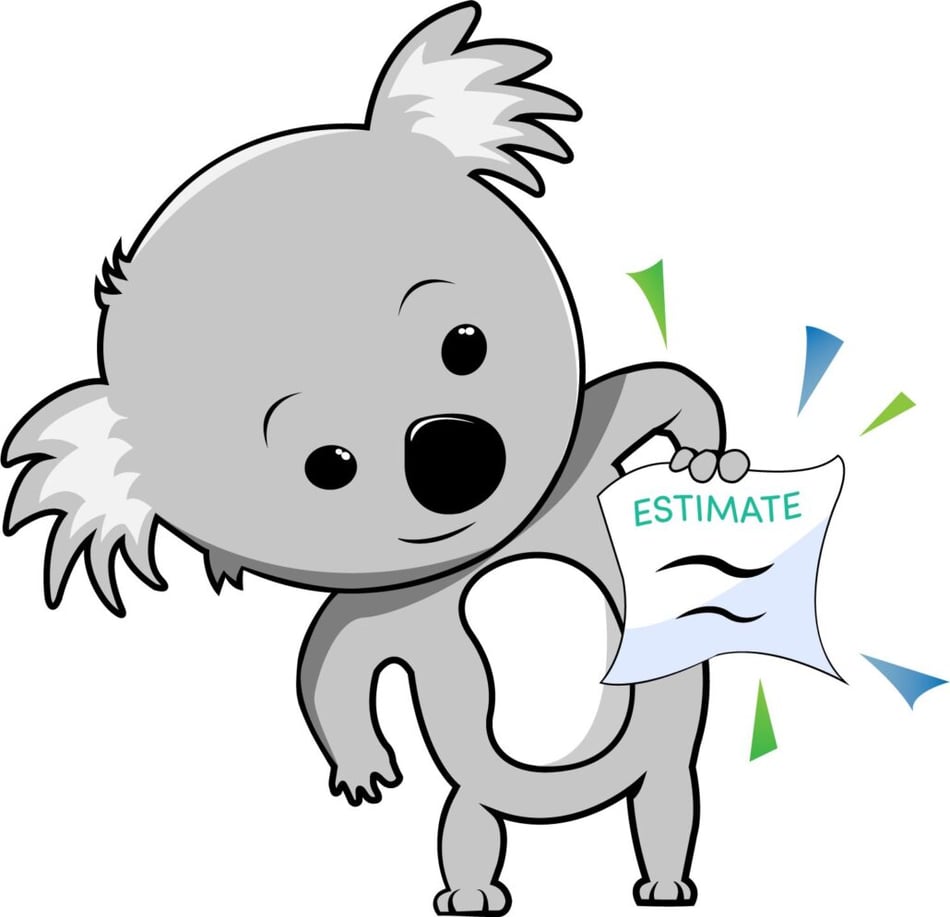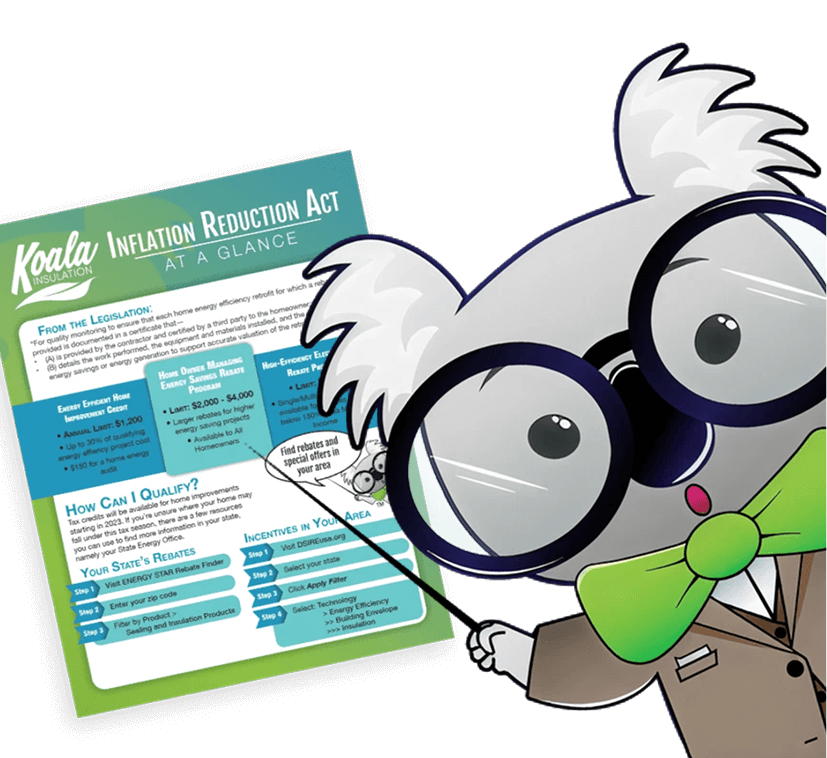What Types of Insulation Need Special Removal Procedures?

Insulation is essential for keeping homes energy-efficient and comfortable year-round, but when insulation becomes outdated, damaged, or contaminated, it often needs to be removed before upgrades can take place. Not all insulation removal is as simple as scooping up loose material or pulling out fiberglass batts—some types of insulation require special handling and safety procedures due to health, environmental, or structural concerns.
At Koala Insulation of Coastal Carolina, we specialize in the safe, professional removal of all insulation types—especially those that demand extra care. In this blog, we’ll highlight which insulation materials require special removal procedures, why it matters, and how our team ensures safe, thorough cleanouts before your new insulation is installed.
Why Proper Insulation Removal Matters
Old or damaged insulation can be more than just ineffective—it can be hazardous. Whether it’s infested with pests, saturated with moisture, or laced with harmful particles like asbestos, improperly removing it can pose serious risks to your health and home.
At Koala Insulation of Coastal Carolina, our team follows industry-best safety and environmental practices for insulation removal, including HEPA vacuum systems, protective gear, and safe disposal methods. When insulation removal is handled professionally, it protects indoor air quality, prevents cross-contamination, and creates a clean slate for your new insulation.
Types of Insulation That Require Special Removal
Not all insulation is created equal. Some materials are more prone to deterioration or contamination than others and require advanced handling for removal. Here are the main types of insulation that need special procedures:
1. Vermiculite Insulation
What it is:
Vermiculite insulation is a lightweight, pebble-like material commonly found in older homes, especially in attics. While vermiculite itself is not harmful, it was often sourced from mines contaminated with asbestos, a hazardous material known to cause respiratory illness.
Why special removal is needed:
If disturbed, asbestos-containing vermiculite can release dangerous fibers into the air. Due to its health risks, vermiculite insulation must be tested and, if asbestos is present, removed only by certified professionals.
How Koala Insulation of Coastal Carolina helps:
If your home has vermiculite insulation, we’ll coordinate with certified asbestos abatement contractors to ensure safe testing and removal before we install new insulation.
2. Blown-In Cellulose Insulation (Old or Contaminated)
What it is:
Cellulose insulation is made from recycled paper and treated with fire-retardant chemicals. While effective and eco-friendly, it is susceptible to moisture damage, pest infestations, and settling over time.
Why special removal is needed:
Wet or moldy cellulose insulation can harbor bacteria, odors, and allergens. Attempting to remove it without protective equipment and containment measures can spread contaminants through your home.
How Koala Insulation of Coastal Carolina helps:
We use high-powered vacuums and containment systems to safely extract contaminated cellulose and dispose of it in accordance with local regulations.
3. Spray Foam Insulation
What it is:
Spray foam insulation is a high-performance product that expands on application and bonds tightly to building surfaces. It’s one of the most energy-efficient insulation types, but once it’s in place, it’s not easy to remove.
Why special removal is needed:
Spray foam doesn’t just sit in cavities—it fuses with joists, rafters, and sheathing. Removing it can cause structural damage if not done properly and often requires cutting or scraping with specialized tools.
How Koala Insulation of Coastal Carolina helps:
Our team evaluates the application area and uses precision removal techniques to protect your home’s structure while removing old or misapplied foam.
4. Fiberglass Batt Insulation (When Moldy or Pest-Infested)
What it is:
Fiberglass batt insulation is one of the most commonly used materials in walls and attics. It’s effective when dry and properly installed but can trap moisture and contaminants.
Why special removal is needed:
If fiberglass becomes wet or moldy, or is used as nesting material by rodents, it must be removed carefully. Disturbing contaminated fiberglass can release particles and allergens into your air.
How Koala Insulation of Coastal Carolina helps:
We wear protective suits, respirators, and use sealed containment bags to remove and dispose of soiled fiberglass safely, leaving your space clean and ready for new insulation.
5. Asbestos Insulation (Pipe Wrap, Duct Insulation, or Loose Fill)
What it is:
In older homes (typically built before 1980), asbestos was used in pipe wrap, boiler insulation, and loose-fill attic insulation. It’s now banned due to its link to lung disease and cancer.
Why special removal is needed:
Asbestos must be handled under strict federal and state regulations. It can never be DIY’d—only licensed abatement professionals should conduct the removal.
How Koala Insulation of Coastal Carolina helps:
While we do not remove asbestos ourselves, we can help identify suspected asbestos-containing materials and refer certified partners to handle removal safely and legally.
How the Koala Insulation Process Works
When you choose Koala Insulation of Coastal Carolina, you’re getting a team that prioritizes safety, precision, and professionalism throughout the insulation removal and replacement process:
- Inspection & Evaluation
We begin with a free inspection to assess your current insulation’s condition and determine whether special removal procedures are necessary. - Containment & Protection
We isolate the work area to prevent the spread of contaminants, using protective sheeting and HEPA-filtered vacuums where applicable. - Safe Extraction & Cleanup
Our trained technicians remove insulation using proper equipment and dispose of materials in compliance with local environmental guidelines. - Prep for New Insulation
We clean and sanitize the space, seal air leaks, and prepare the area for high-performance insulation upgrades that meet modern energy codes.
Why Choose Koala Insulation of Coastal Carolina?
At Koala Insulation of Coastal Carolina, we bring experience, care, and attention to detail to every insulation removal project. Whether your attic is filled with dusty, old fiberglass or your crawl space is harboring rodent-damaged cellulose, we’ll safely clear the way for cleaner, more efficient insulation.
Our services include:
- Free home evaluations
- Insulation removal and safe disposal
- Insulation upgrades (blown-in, batt, spray foam)
- Crawl space and attic air sealing
- Moisture and pest barrier solutions
- Financing options for qualified homeowners
Conclusion: Start Fresh With Safe Insulation Removal
If your insulation is outdated, damaged, or potentially hazardous, don’t take chances with DIY removal. Call the professionals at Koala Insulation of Coastal Carolina for expert help.
Call us today at (910) 420-5994 or visit https://koalainsulation.com/coastal-carolina to schedule your free insulation evaluation and estimate. Let us help you safely remove what’s not working—and replace it with something better, cleaner, and more efficient.
Find Your Location


Get a quote



